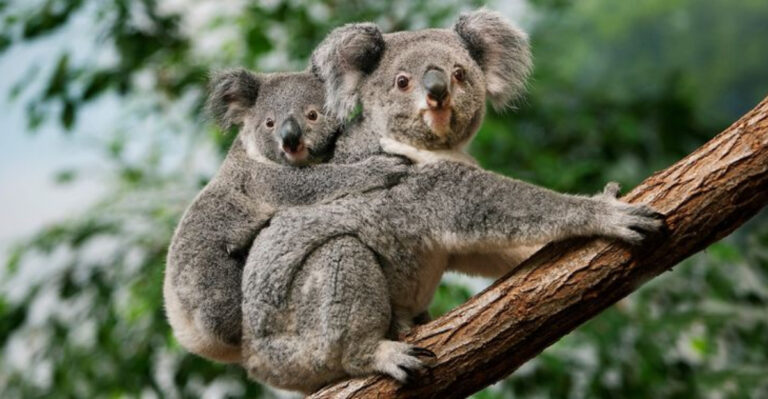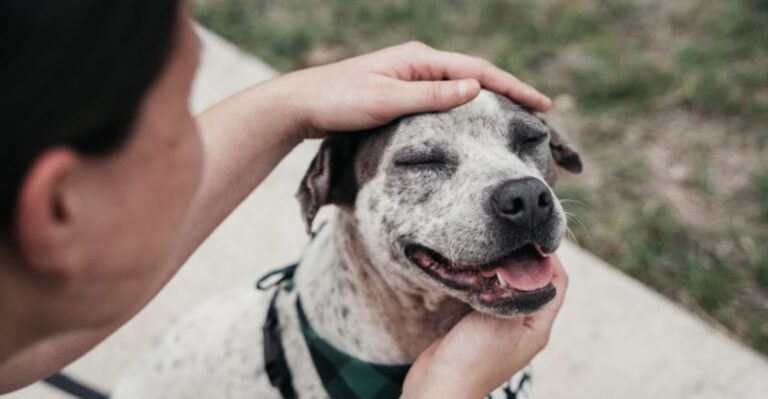Can Cats Get Depression? 10 Signs Of Depression In Cats
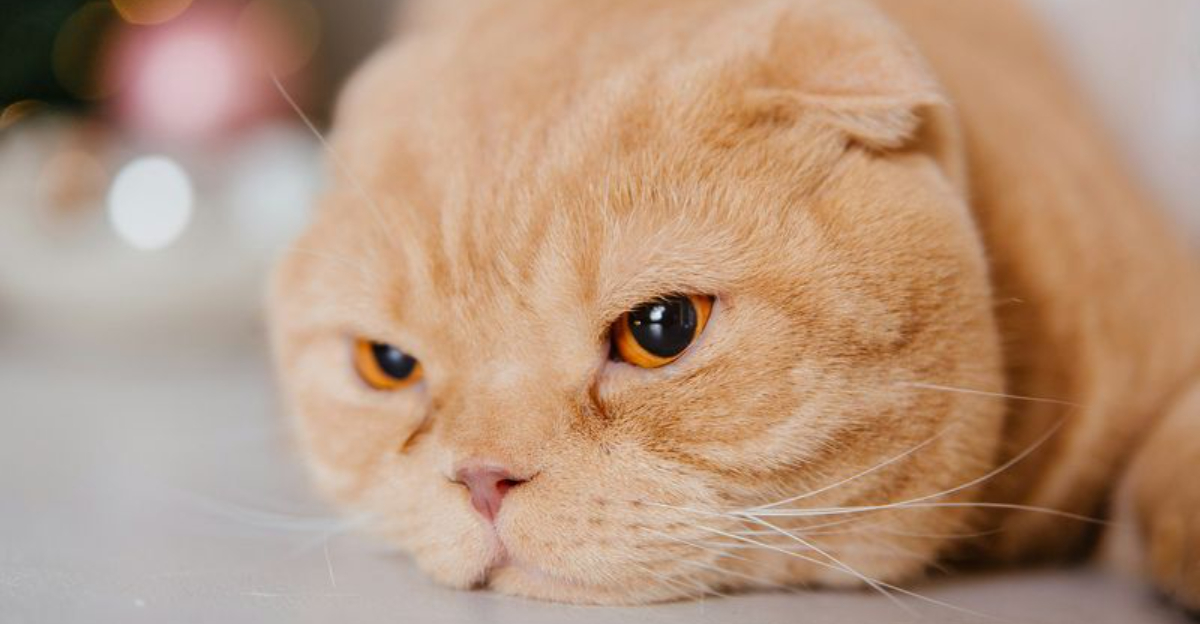
Cats, just like humans, can experience emotional shifts. While often considered independent and resilient, these furry companions are not immune to distress and sadness.
Understanding the signs of depression in cats can help pet owners provide the care and support needed to improve their feline friend’s well-being.
Let’s dive into the subtle and overt signs that may indicate a cat is feeling low, shedding light on the importance of observing behavioral changes.
1. Change In Appetite
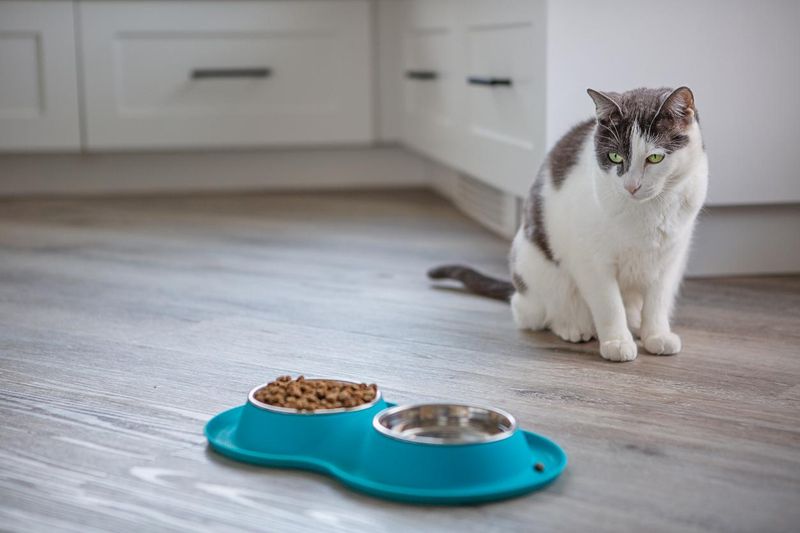
Cats are creatures of habit, and a sudden change in appetite can be a telltale sign of depression. If your feline friend starts avoiding meals or overeating, it could be due to emotional distress.
This change might be gradual or sudden, depending on the underlying cause. It’s crucial to monitor your cat’s eating habits closely. A lack of interest in food could also be a symptom of physical illness, so consulting with a vet is advisable.
On the flip side, some cats might indulge in overeating as a coping mechanism, similar to humans. By tracking these shifts, you can discern whether the change is temporary or indicative of a deeper issue. Providing a balanced diet and creating a calm eating environment can also aid in alleviating stress and improving mood.
2. Lethargy And Fatigue
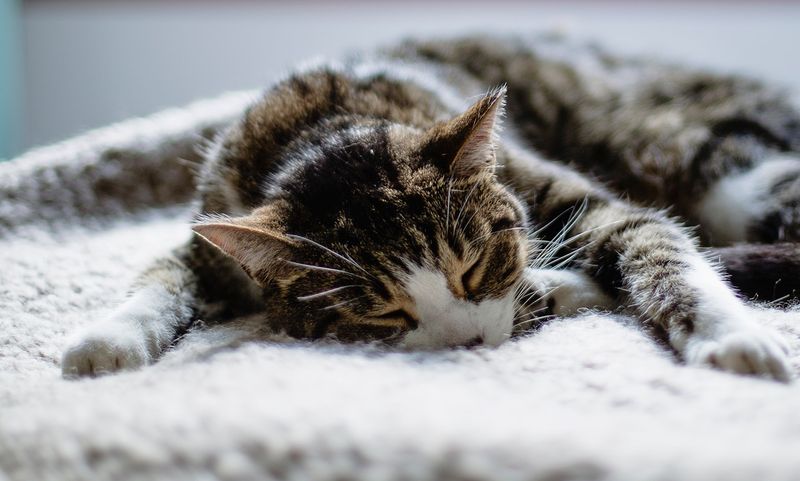
Lethargy and fatigue are common symptoms of depression in cats. If your usually playful kitty starts spending excessive time sleeping or lying around, it might be battling emotional turmoil. While cats do enjoy their naps, increased lethargy is a red flag.
Engagement in physical activities often takes a back seat when a cat is feeling down. The decrease in energy can lead to a cycle where inactivity breeds further sadness.
Owners can encourage movement through interactive play or short walks. Ensuring that your cat has a stimulating environment can revive its spirits and inject some much-needed energy into its day.
3. Withdrawal From Social Interaction
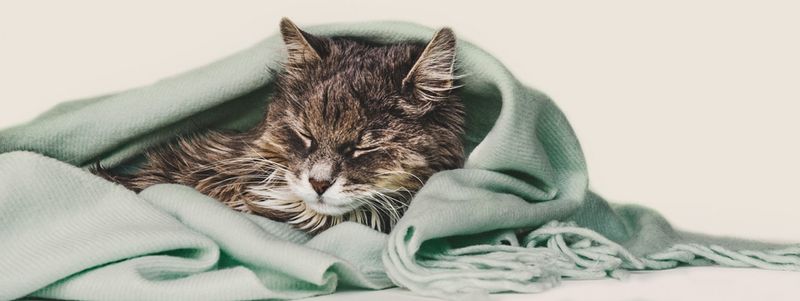
Cats that are typically social and outgoing might start withdrawing from social interaction when depressed. This change in behavior can manifest as hiding or avoiding contact with family members or other pets.
Isolation is a natural response to feeling overwhelmed or anxious. Encouraging gentle interaction without forcing it can help your cat feel safe and loved. Offering treats and toys during these moments can gradually coax them back into socializing.
Providing a quiet and secure space where your cat can retreat is also beneficial. Respecting their need for solitude while offering companionship at their pace is key to supporting them during tough times.
4. Excessive Grooming Or Poor Grooming
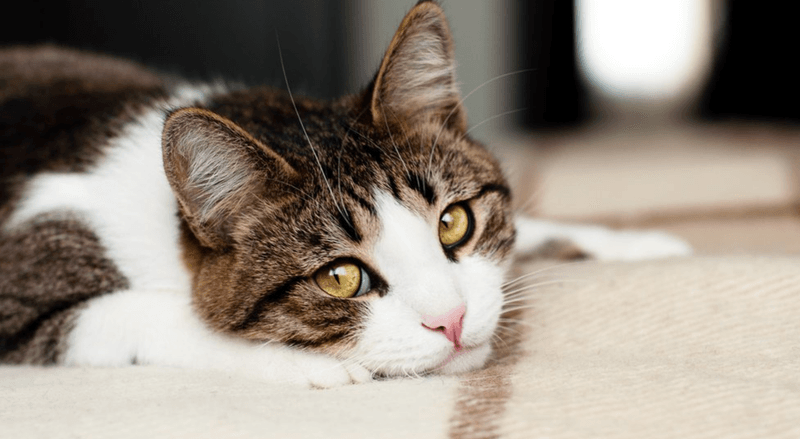
Grooming habits can reveal a lot about a cat’s emotional state. Excessive grooming, such as constant licking, can lead to bald patches and skin irritation. This behavior may be a self-soothing technique employed by your cat to cope with stress.
On the contrary, poor grooming might result in a dull, unkempt coat. Cats that stop taking care of themselves are likely experiencing some form of depression or anxiety.
Regular grooming sessions with your cat can help strengthen your bond and offer reassurance. Observing and addressing these grooming habits can provide insights into their mental health and guide you in seeking appropriate care.
5. Changes In Vocalization
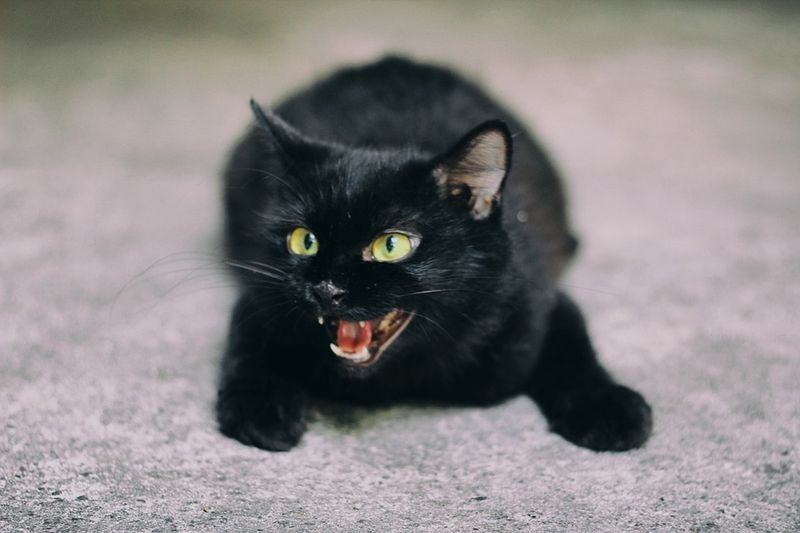
Changes in vocalization can be an indicator of a cat’s emotional health. If your cat becomes unusually silent or overly talkative, it might be trying to express discomfort or distress. Increased vocalization can sometimes manifest as frequent meowing or yowling, signaling anxiety or a call for attention.
Conversely, a typically vocal cat may become quiet, indicating withdrawal. Understanding your cat’s normal vocal patterns helps identify when something is amiss. Responding calmly and reassuringly to these changes can comfort your cat, while also consulting with a vet for further insights.
6. Aggression Or Irritability
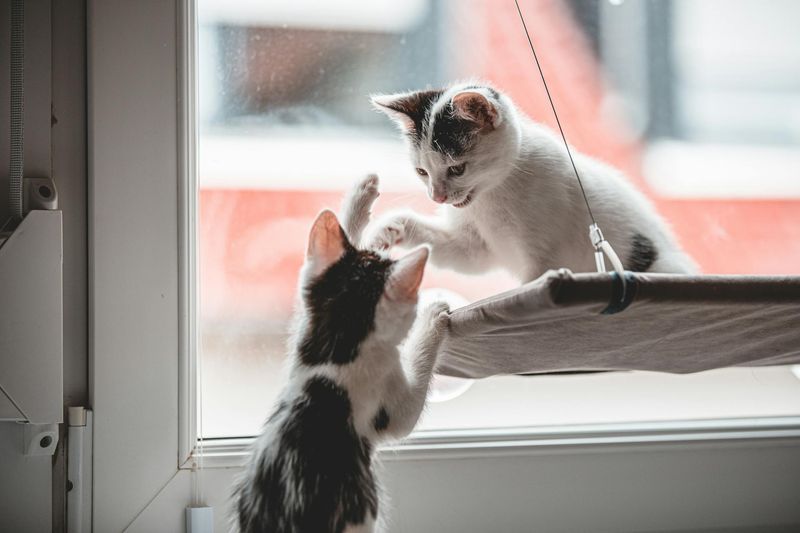
Aggression or irritability in cats can be a sign of underlying emotional issues. If your friendly cat suddenly turns hostile, swatting, hissing, or biting, it may be communicating its distress. Such behavior could be a defensive mechanism triggered by fear or discomfort.
Understanding the root cause, whether it’s a change in the environment or an unmet need, is crucial. Approaching the situation with patience is key.
Avoid punishing aggressive behavior; instead, provide a calm and secure environment. Consulting a veterinarian or animal behaviorist can offer guidance on managing and mitigating such behavior.
7. Loss Of Interest In Play
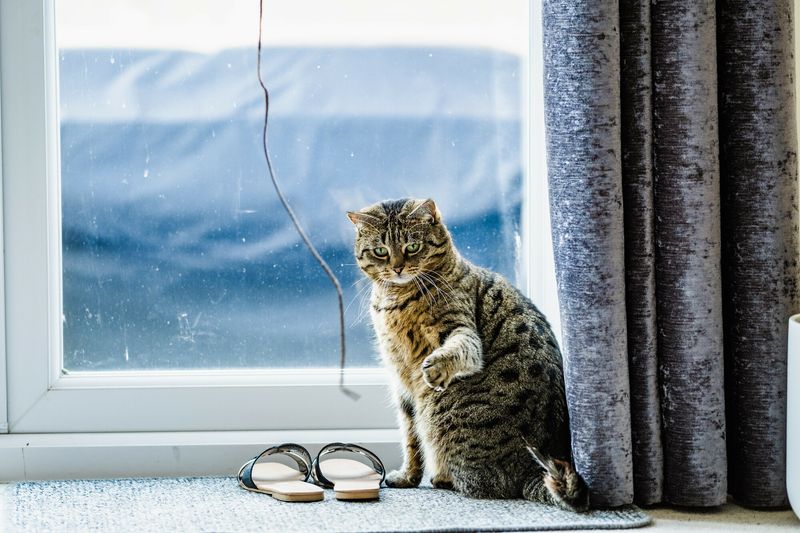
Play is an essential part of a cat’s life, contributing to its physical and mental well-being. A sudden disinterest in toys or playtime can be a significant indicator of depression in cats. This lack of engagement might reflect an overall apathy towards activities that once brought joy.
It’s essential to take note if your cat no longer finds enjoyment in what used to be its favorite games. Reintroducing play gradually with interactive toys or new games can help rekindle its interest. Creating a stimulating environment, with varied activities, can also encourage a depressed cat to engage again.
8. Changes In Sleeping Patterns
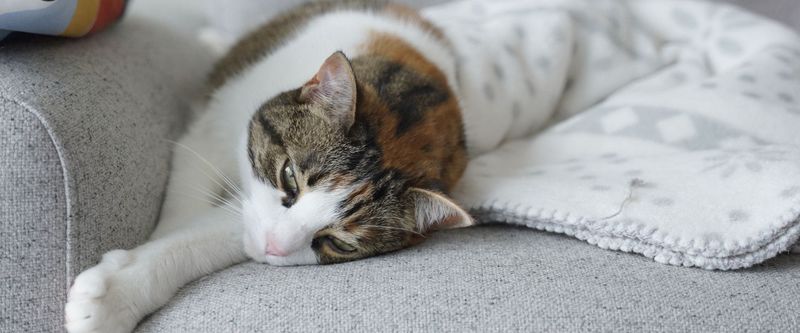
Alterations in sleeping patterns can signify depressive states in cats. While cats sleep a lot, changes such as sleeping at odd hours or more frequently than usual can be concerning. Such shifts might indicate that your furry friend is using sleep as a means to escape emotional discomfort.
Noticing these patterns can guide you in understanding your cat’s emotional well-being. Creating a cozy and secure sleeping environment can help improve sleep quality. Ensuring regular check-ups with a veterinarian will rule out any health issues, allowing for a focus on emotional care.
9. Elimination Outside The Litter Box
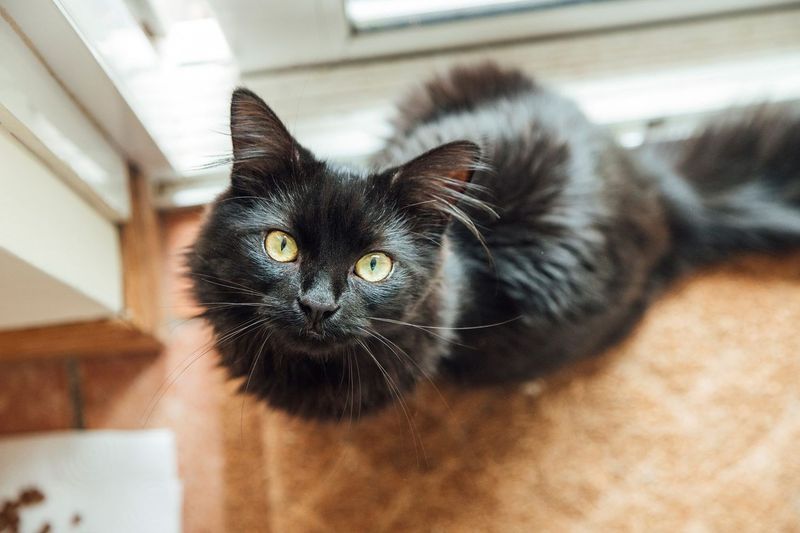
Inappropriate elimination, such as urinating or defecating outside the litter box, can be more than just a behavioral issue—it might indicate stress or depression. This behavior can stem from various causes, including environmental changes or health issues.
It’s crucial to observe if this becomes a pattern, as it’s a common way for cats to express discomfort. Keeping the litter box clean and ensuring it’s in a quiet, accessible location can alleviate stress. Consulting with a veterinarian can help diagnose if there are underlying health concerns or if emotional support is needed.
10. Overeating Or Undereating
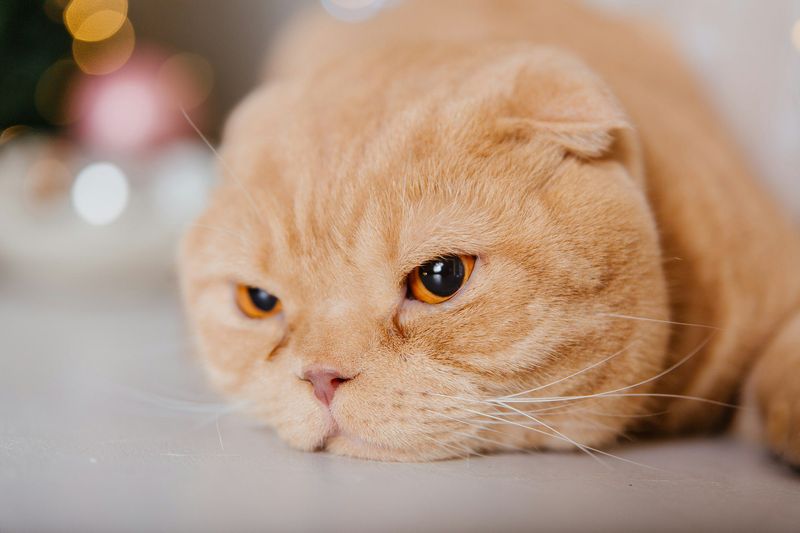
Significant changes in eating habits, such as overeating or undereating, can signal depression in cats. This could be a response to emotional distress or an attempt to self-comfort. An increase in food intake might lead to weight gain, while a reduction could result in weight loss, both of which should be monitored closely.
Offering regular, balanced meals and maintaining a routine can help stabilize your cat’s eating habits. Consulting with a vet can provide insights into whether these changes are emotional or physical, guiding appropriate intervention.

